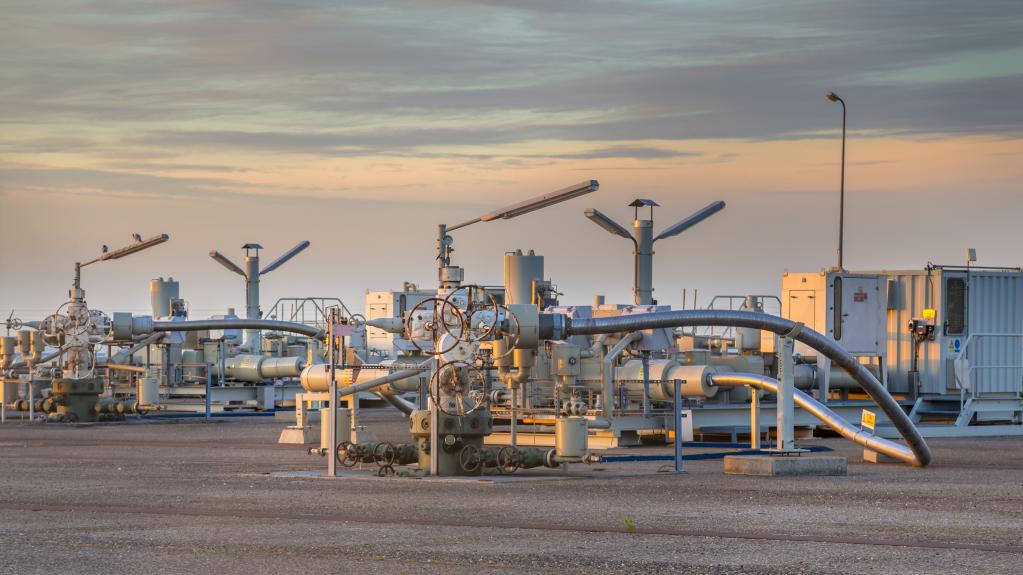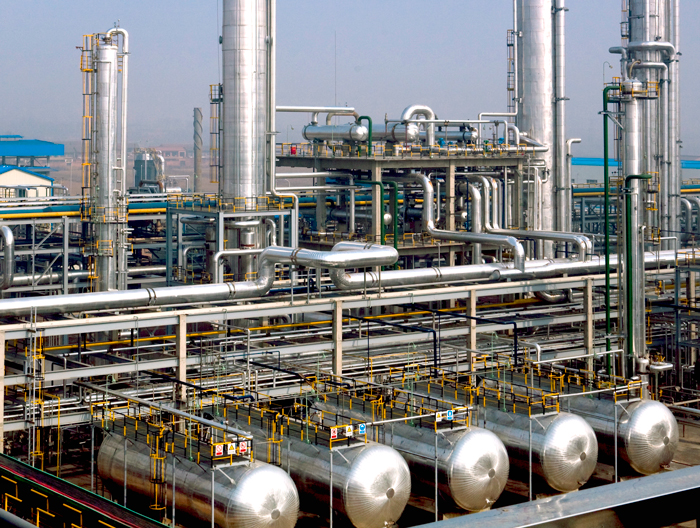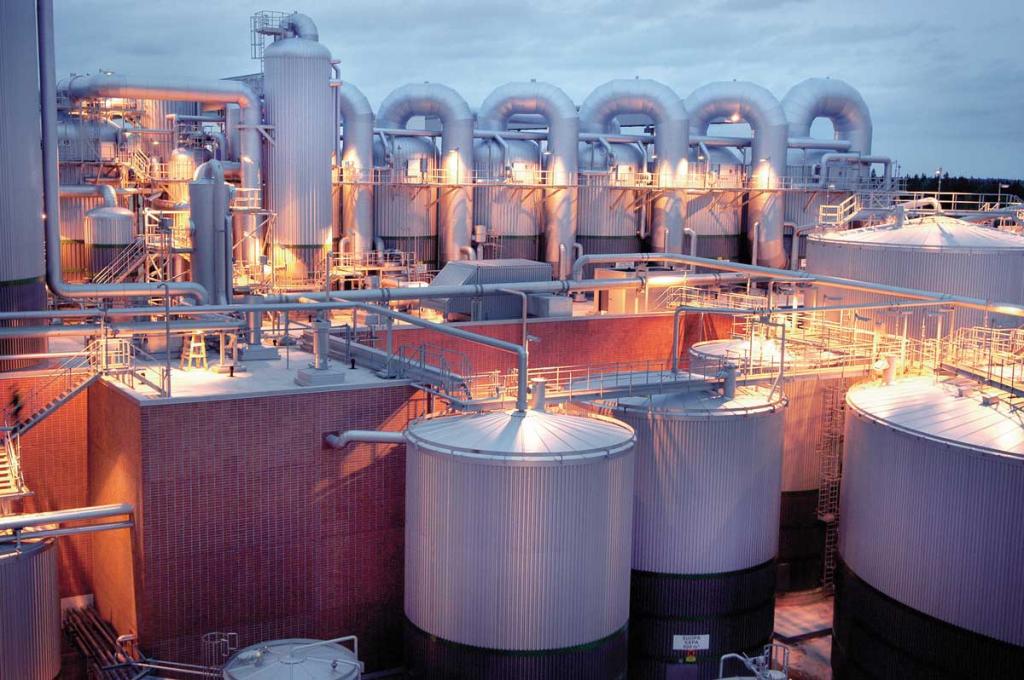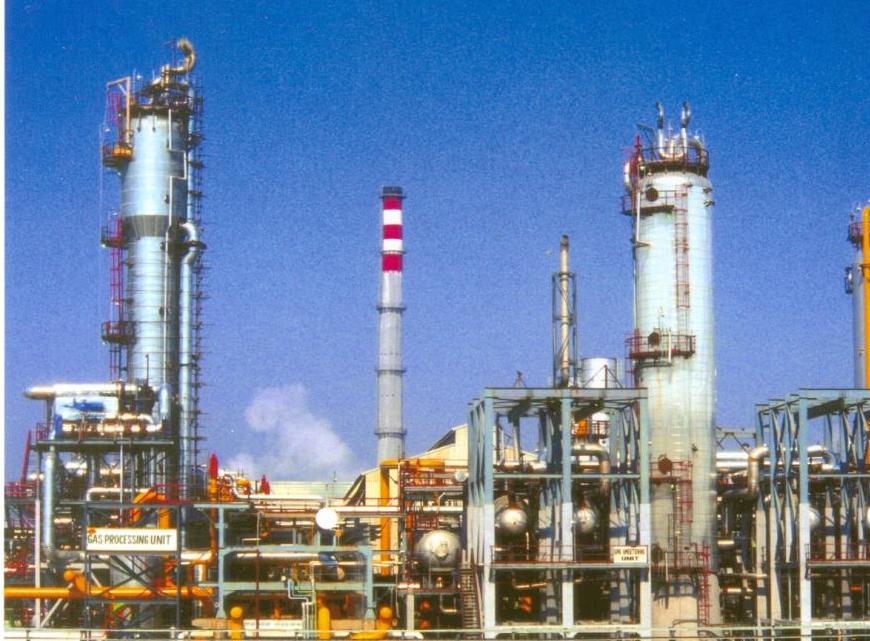Hydrocarbon processing is an important element of the economic activity of a developed state. Currently, issues related to the mineral potential are particularly relevant. The state’s position in the world political arena, the stability of its economy, and the standard of living of the population directly depend on successes in this area.

Forecasts, intelligence
Hydrocarbon feedstock is natural gas, oil, including associated (petroleum) gas. Revenues from the sale of raw materials go to the development of social industries. According to experts, the volumes of natural hydrocarbons are gradually exhausted. For oil, the deadlines are 50-100 years, and for gas - 120 years.
Some scientists believe that there are still unknown deposits of gas and oil, as well as unconventional hydrocarbon deposits, the volumes of which are so large that they will be enough to meet the needs of future generations. Careful use of proven reserves, reasonable replenishment of new deposits, the development of effective new technologies for exploration, extraction of hydrocarbons from formations, efficient use of energy resources - all this contributes to the conservation of valuable energy resources of the planet.
Modern tendencies
When analyzing hydrocarbon raw materials, it is necessary to pay attention to the minerals - oil. This combustible substance is an oily liquid, which can be transparent, yellow, green, cherry, brown.

Oil composition
The chemistry of hydrocarbons is of particular interest. Oil is a mixture of various organic compounds with a small amount of nitrogen, sulfur, phosphorus in the composition. The simplest and lightest hydrocarbon that is part of it is methane (CH4). Depending on the amount of hydrocarbons in the oil, its properties can vary. From the point of view of chemistry, this hydrocarbon feedstock consists of:
-
84% carbon;
-
14% hydrogen;
-
3% sulfur;
-
about 1% oxygen;
-
about 1% of metals (vanadium, nickel, cobalt iron, chromium, molybdenum);
-
about 1% of salts (magnesium, calcium, sodium chlorides).
Place of Birth hydrocarbon raw materials differ in the depth and methods of production. For example, oil and hydrocarbon gas are located at depths of up to 5-6 kilometers, only gas can be found at great depths, only oil at the surface. Most of the reservoirs are located between 1 and 6 km, here gas and oil can be found in different combinations.
In the rocks, oil lies in reservoirs. A reservoir is called a rock, which is capable of containing fluids - special mobile substances.

Origin of oil
This hydrocarbon feed is formed as a result of a long multi-stage process (from 50 to 350 Ma). Proponents of biogenic theory are convinced that oil is formed from the remains of microorganisms that lived in water basins millions of years ago. After dying, they formed layers with a high percentage concentration of organic matter. As a result of biochemical processes that occur without oxygen, hydrocarbons are formed. Some of them turned into a gaseous state, some became liquids, and some became solid compounds.
Interesting Facts
The use of hydrocarbons is rooted in antiquity.There is evidence that more than 6500 years ago, residents of the territory in which Iraq is located today, extracted cementing and building material during the construction of houses, protecting their homes from moisture. In ancient Egypt, oil was collected from the surface of the water, used for lighting and as a building material. Unique hydrocarbon raw materials were used to seal boats and as a mummifying substance.
In the Middle East during the existence of ancient Babylon, full-fledged trade in "black gold" was carried out.
The processing of hydrocarbons in Russia began only in the 15th century. It was collected on the Ukhta River from the surface of the water and used not only for household needs, but also as a medicine.
Only in 1864 in the Kuban region they switched to mechanical drilling of wells using a steam engine. World oil production began in August 1859 in the United States. Thanks to well drilling, cheap access to the required raw materials appeared, and the oil industry began to actively develop.

Gases
The associated hydrocarbons are associated and natural gases. They can be in three types of deposits: gas-oil, gas, gas-condensate. Gas deposits are characterized by a natural underground accumulation of alkanes, which has no direct connection with oil fields. Oil and gas deposits are characterized by the simultaneous presence of oil and gas.
Gas condensate species are characterized by high pressure and elevated temperatures in the reservoir. Under such conditions, hydrocarbons pass into the gas, with a decrease in pressure, reverse condensation occurs.
Natural gases are mostly methane. Also in their composition there is propane, ethane, butane, an insignificant amount of pentane and other components: nitrogen, carbon dioxide, inert gases, hydrogen sulfide. Natural gas accounts for 99.3% of methane, and homologues make up no more than 5%.
Associated gas is gas that is dissolved in oil or is released from it during production. Upon leaving the well, oil and associated gas pass through gas generators, and here their separation begins. Associated gas is the most valuable raw material for petrochemical industrial synthesis.

Areas of use
Among the main areas of use of hydrocarbons, it is necessary to mention the use in the form of fuel. High combustion temperature, economical use, all this made gas the most popular type of energy resources. In addition to natural and associated gas, oil is an excellent hydrocarbon feedstock. The economic and political power of the state directly depends on the rationality of production, the complexity of processing natural resources, and compliance with security measures.
